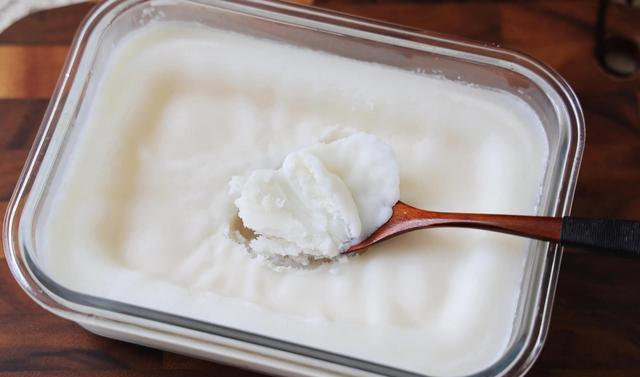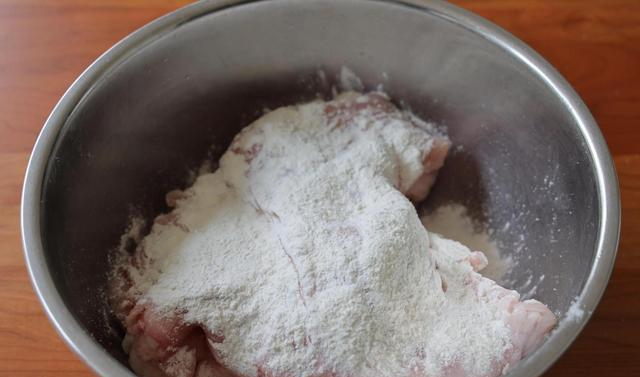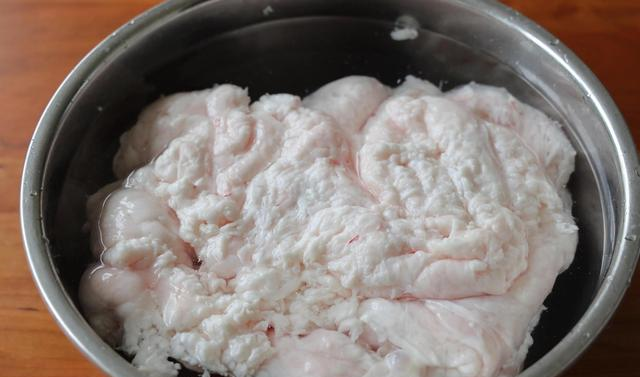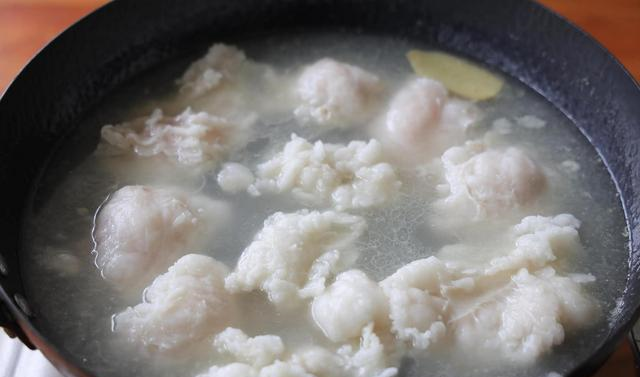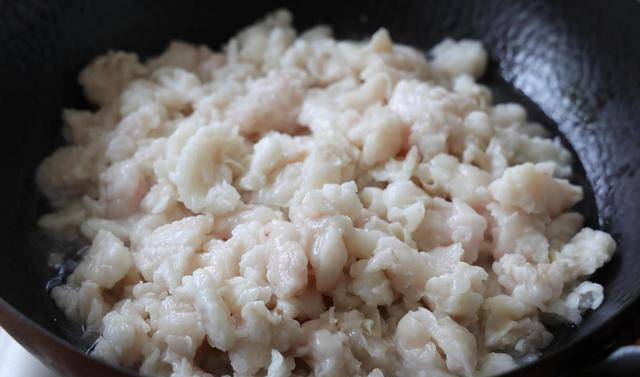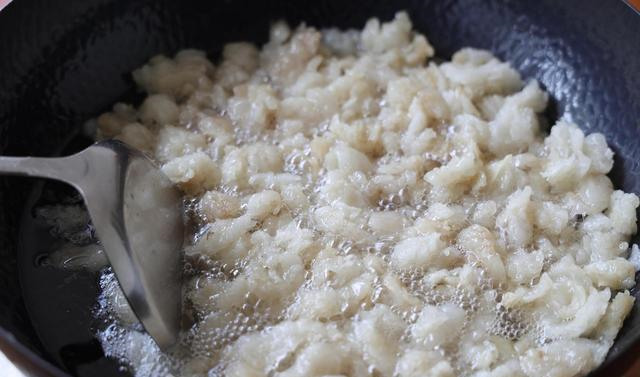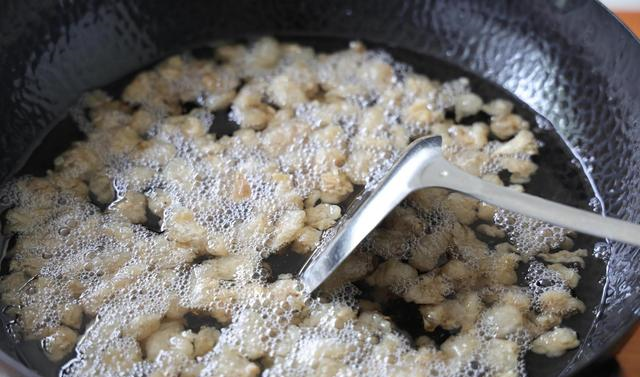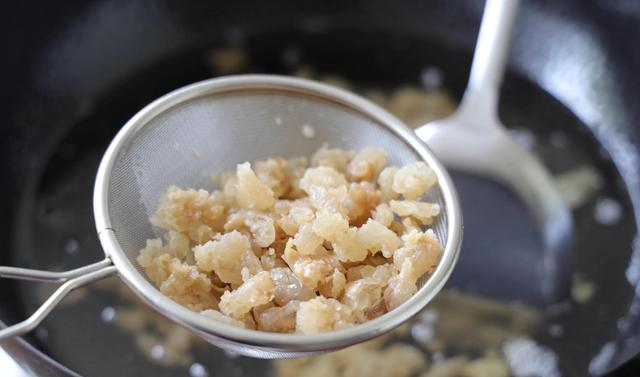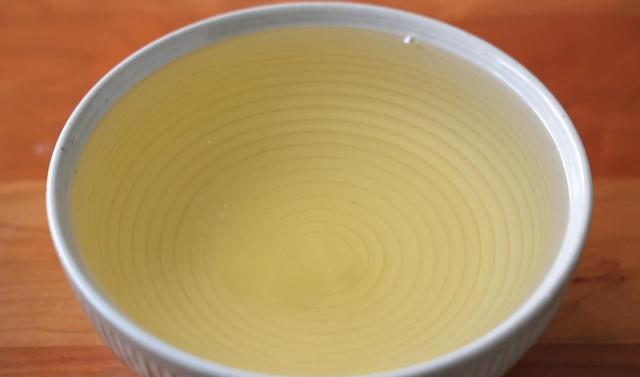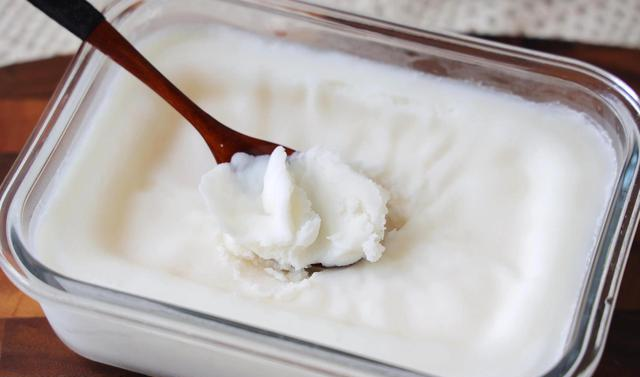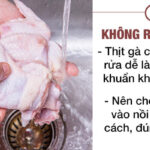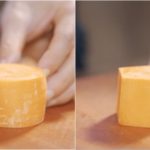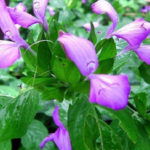There’s nothing like a good old traditional method to get that perfect pork lard for your culinary creations. Here’s how to do it.
I fondly remember when I was young, the cooking oil we used at home was pork lard. We had a big pot of this snowy-white substance, and whenever we needed to fry something, we’d scoop out a little with a spoon. Nowadays, most people use vegetable oil for cooking.
While from a health perspective, pork lard might be a bit rich and high in fat and calories, it’s not the healthiest option. But for certain dishes, using pork lard adds a whole new level of flavor. That’s why many homemakers like to make their own jar of pork lard to use when needed.
So, today I’ll be sharing with you a traditional method of rendering pork lard. With these steps, you’ll get pure white lard, free from any burnt or rancid smells. You can prepare a small batch and keep it at home for convenience.
Ingredients to Prepare Before Rendering Pork Lard:
– 1 small bowl of flour, salt, water, and a large piece of leaf lard
The Right Way to Render Pork Lard
1. Place the pork lard in a large basin, add salt, and rub it in. Then, add the flour and continue to rub it into the lard.
2. After rubbing, add warm water to clean the lard until the water runs clear and the lard is washed white. This method ensures the lard is thoroughly cleaned.
3. Cut the leaf lard into large pieces.
– Boil some water in a pot and add sliced ginger.
– Blanch the lard in the boiling water for about 2 minutes, then rinse it under the tap several times;
4. Finally, cut the large pieces of lard into smaller pieces. The smaller the pieces, the quicker the fat will render.
– Take a large pot, add a small bowl of water, and put in the lard. Cover and bring to a boil, then turn the heat to the lowest setting and continue to simmer.
5. During the rendering process, stir the lard frequently to prevent it from sticking to the bottom of the pot, especially after the water boils. Keep stirring and simmering gently, and you’ll see more and more oil being released.
– At this point, you need to keep a close eye on the lard to ensure it doesn’t burn.
6. Continue simmering on low heat until the cracklings turn a light golden color and float to the top.
7. At this point, turn off the heat and remove the cracklings. If left in the oil, they will burn, and the oil will turn a dark golden color and smell burnt.
8. Filter the oil into a clean bowl and let it cool to room temperature;
9. Pour the liquid fat into a sealed container and refrigerate until it solidifies. The solidified lard will be snow-white and have a delightful aroma.
– When stir-frying vegetables, a tiny amount of this lard will add a wonderful flavor to your dish.
– It’s also perfect for making traditional moon cakes.
Source: Dan Viet
Should You Cut Bánh Chưng with a Straw or a Knife?
The age-old question of how to cut a delicate treat, the Banh Chung cake, is a dilemma for many. The traditional method involves using bamboo strings, which is a test of one’s finesse and precision. On the other hand, using a knife is a faster and more convenient approach. So, which technique should you choose?
7 Delicious Ways to Use Peanut Butter
Are you craving a quick and easy meal that’s packed with nutrition? Look no further than these seven irresistible ways to incorporate peanut butter into your diet! From savory to sweet, these mouth-watering combinations will satisfy your taste buds and keep you fueled throughout the day. Get ready to revolutionize your mealtime with these simple yet utterly delicious peanut butter pairings!
The Ultimate Guide: Crafting Carrot Flower Creations
Decorating dishes with edible flowers not only makes them look more appealing but also adds a unique touch. We’ll show you how to create simple, stunning carrot flower garnishes that will take your culinary creations to the next level! It’s an easy way to impress your guests and elevate your dining experience.

























